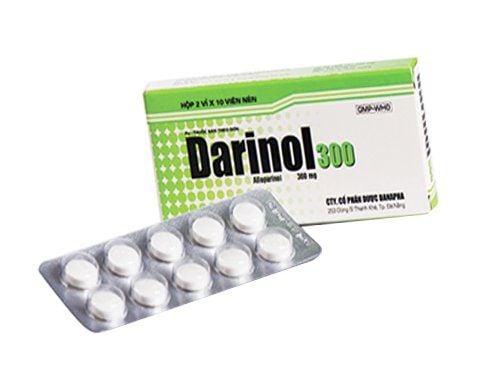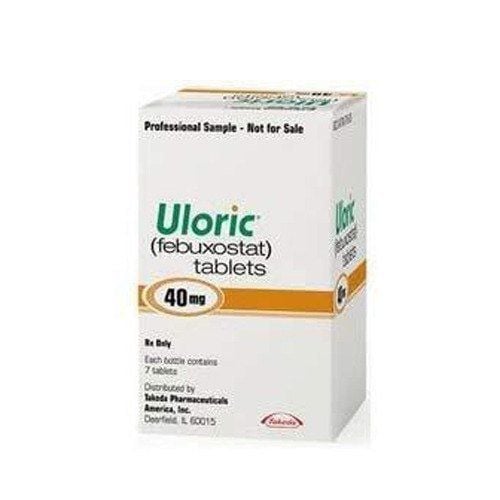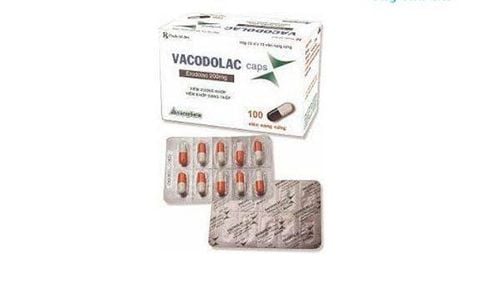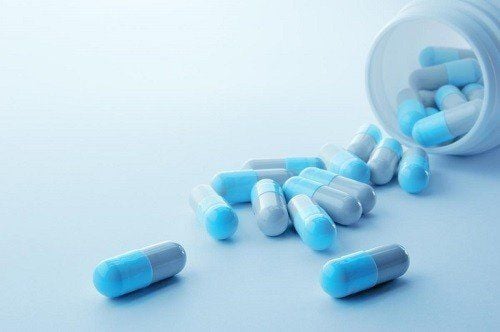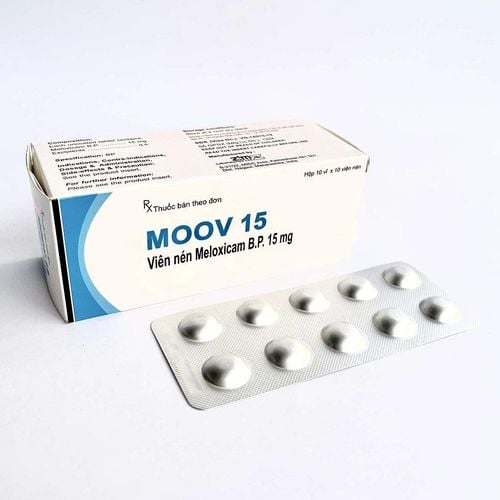This is an automatically translated article.
The article was professionally consulted with MSc Do Thi Hoang Ha - Doctor of Biochemistry, Laboratory Department - Vinmec Hai Phong International General Hospital.As we all know, the excessive increase in serum uric acid is one of the causes of gout. Recognizing the abnormality of uric acid in the blood and urine can help us recognize and diagnose this disease early.
1. What does the uric acid index reflect?
Uric acid is a product of the natural metabolism of purine bases in the body. When cells die, endogenous uric acid is a metabolic product of purine-based proteins (adenine and guadinine of nucleic acids). Exogenous uric acid comes from purine-containing proteins found in many foods and beverages such as animal viscera, marine fish, peas, beer, wine...Normally uric acid is Renal excretion in the urine is the main route, a small part is eliminated through the gastrointestinal tract. But when we eat protein-rich foods, drink a lot of alcohol, causing the body to increase uric acid synthesis or due to impaired kidney function or due to the use of certain drugs that reduce uric acid excretion, making uric acid levels rise. in the blood is increased.
In gout, at first, uric acid levels in the blood are elevated, but no symptoms have appeared, and acute gout attacks have not yet appeared. This stage is often called the "hyperuricemia" stage. However, when the amount of uric acid in the blood is elevated for a long time, urate crystals will be deposited in the joints causing acute attacks of arthritis, also known as gout attacks. grant . At that time, hyperuricemia has progressed to gout.
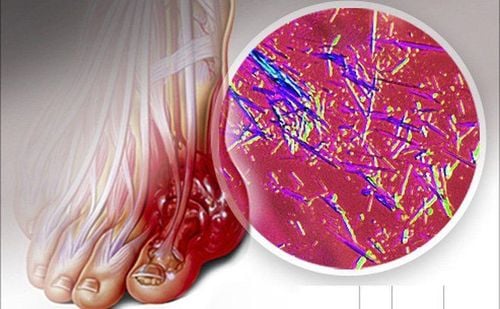
Trắc nghiệm: Muối trong thực phẩm, natri, huyết áp và sức khỏe của bạn
Muối, natri là chất khoáng cần thiết cho cơ thể để duy trì hoạt động ổn định. Tuy nhiên, chế độ ăn thừa muối có nguy cơ cao dẫn tới các vấn đề sức khỏe nghiêm trọng. Cùng làm bài trắc nghiệm sau đây để hiểu hơn về những ảnh hưởng của các khoáng chất này tới huyết áp và sức khỏe bạn thế nào nhé.
Nguồn tham khảo: webmd.com
2. Identify normal uric acid index - abnormal
Normally, the amount of uric acid in the blood is always kept stable at a concentration of less than 7.0 mg/dl (420 micromol/l for men) and below 6.0 mg/dl (360 micromol/l for women) and kept at a level. constant due to the balance between the synthesis and elimination of substances of the body.Any cause that imbalances these two processes of synthesis and elimination, such as increased uric acid synthesis or decreased uric acid excretion, increases uric acid in the blood.
Patients are considered to have hyperuricemia when the amount of uric acid in the blood is higher than the allowable reference range (depending on the laboratory, age, and gender), usually in men it is over 7.0 mg/dl (or over 420 micromol/l), in women over 6.0 mg/l (360 micromol/l).
3. How to treat hyperuricemia?
With asymptomatic hyperuricemia, in moderate cases of hyperuricemia (less than 10mg/dl or 600 micromol/l), the patient should be instructed to follow a suitable diet to The body does not make more uric acid.Specifically, the patient must limit eating foods containing a lot of purine bases such as animal protein, eat a lot of vegetables, and must not drink alcohol. Once the diet has been adjusted and the uric acid is still high, the use of medication is necessary.

In all other cases, there are no indications to use drugs, except for patients with excessive cell destruction and acute uric acid production in cancer patients being treated with chemotherapy or radiation. Prophylactic therapy for hyperuricemia can be used to avoid acute renal failure due to the deposition of urate crystals in the renal tubules.
In special cases, regular testing has an increase in uric acid above 10mg/dl that is resistant to dietary measures, or a family history of gout, kidney stones with increased uric acid. blood, signs of kidney damage, all need to use uric acid-reducing drugs. The drug of choice for the treatment of hyperuricemia syndrome is usually a xanthin oxidase inhibitor that reduces uric acid formation, such as allopurinol, thiopurinol or uricase inhibitors.
Note, do not use drugs that increase uric acid excretion through the kidneys such as probenecid in patients with one of the following manifestations: History or current kidney stones, kidney failure, tophi granules and decreased renal urate excretion.
Vinmec International General Hospital is one of the hospitals that not only ensures professional quality with a team of leading medical doctors, modern equipment and technology, but also stands out for its examination and consultation services. comprehensive and professional medical consultation and treatment; civilized, polite, safe and sterile medical examination and treatment space. Customers when choosing to perform tests here can be completely assured of the accuracy of test results. Based on the test results, the patient can undergo examination and treatment by a specialist, avoiding the risk of long-term disease, affecting the quality of life.
Please dial HOTLINE for more information or register for an appointment HERE. Download MyVinmec app to make appointments faster and to manage your bookings easily.





